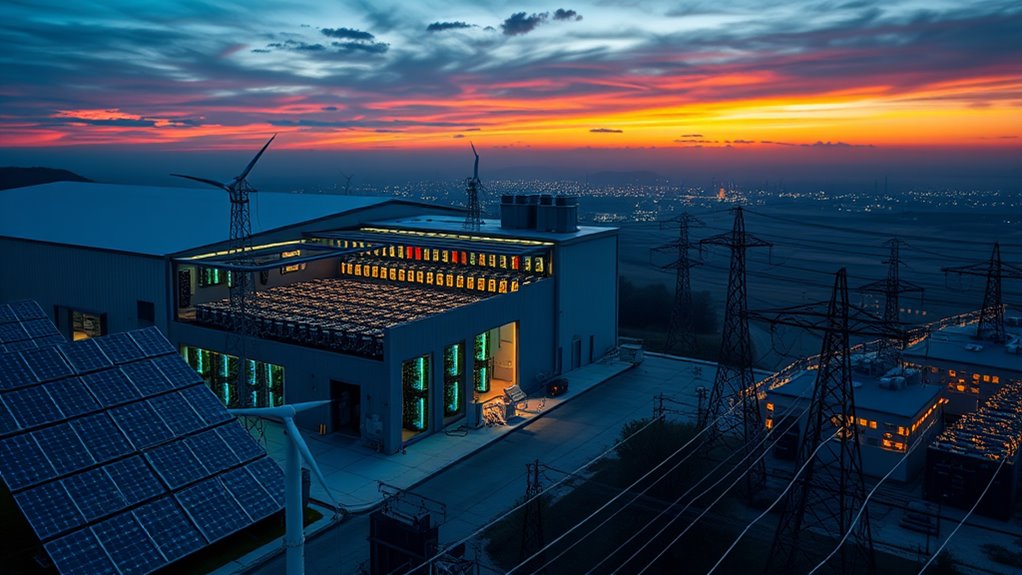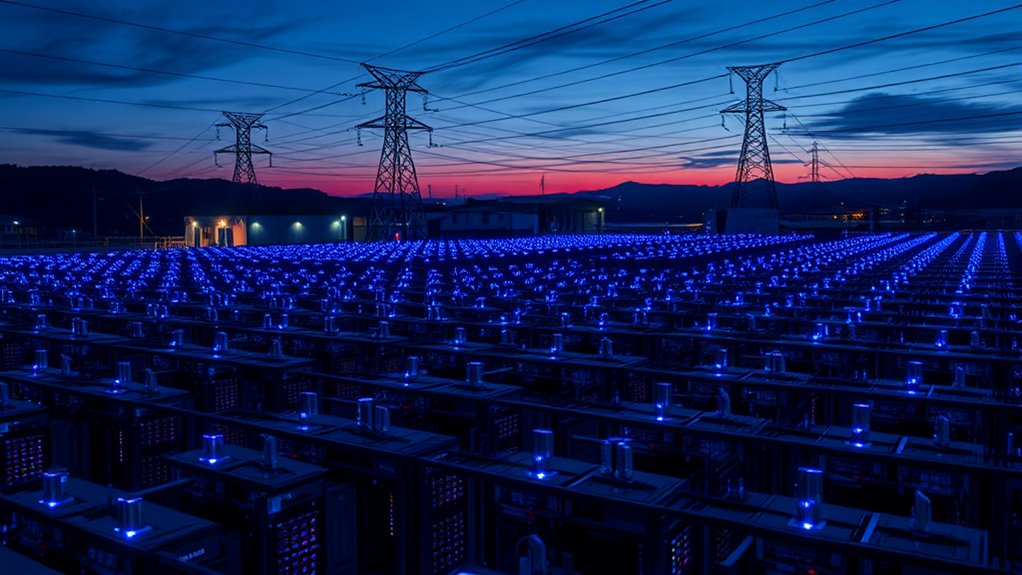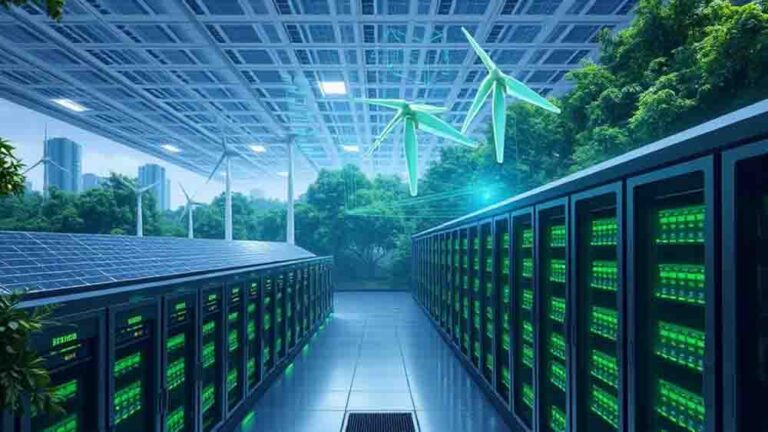Grid Warriors: How Bitcoin Miners Race for Rewards While Saving Power Networks
Note: This post may contain affiliate links, and we may earn a commission (with No additional cost for you) if you purchase via our link. See our disclosure for more info. The gold and crypto world is constantly changing. This is not financial, investment, legal, or professional advice. So, please verify the information on the gold and cryptocurrency provider’s websites.

While cryptocurrency enthusiasts celebrate Bitcoin's decentralized financial promise, the harsh reality of its energy consumption tells a different story. Bitcoin mining gobbles up between 0.6% and 2.3% of America's electricity every year. That's not just a little blip on the radar—it's comparable to entire industries.
All day, all night, these mining operations churn away, solving cryptographic puzzles just to validate blockchain transactions. The computers never sleep, and neither does their appetite for power. Recent EIA data shows that 137 mining facilities across 21 states contribute to this massive energy consumption.
Let's get real about where this electricity comes from. A whopping 85% of Bitcoin mining's increased electricity demand is met by firing up coal and natural gas plants. Not exactly the clean, green future we were promised, right?
When miners ramp up operations in a region, they create what energy folks call “marginal demand.” And guess what happens then? The fossil fuel plants kick into higher gear. It's simple cause and effect.
Those lovely wind turbines and solar panels that crypto advocates love to mention? They rarely handle sudden demand spikes. The infrastructure just isn't there yet. Renewables are fickle friends—sometimes available, sometimes not. Bitcoin mining needs constant, reliable power. Twenty-four seven, no exceptions.
The environmental impact varies wildly depending on where you mine. Set up shop in a coal-heavy grid, and your carbon footprint balloons compared to areas with more renewable options.
But here's the kicker—most miners aren't choosing locations based on environmental concerns. They follow the cheapest electricity, period.








